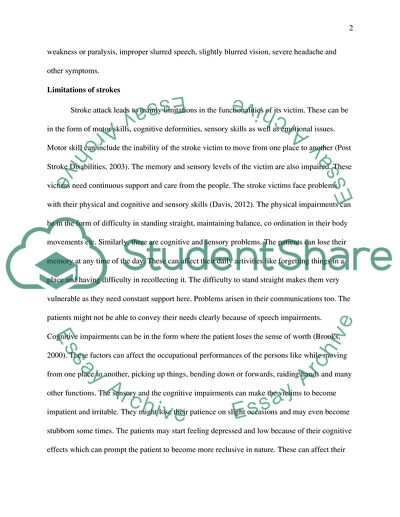Cite this document
(“Cerebravascular Disorder of Stroke Research Paper”, n.d.)
Cerebravascular Disorder of Stroke Research Paper. Retrieved from https://studentshare.org/health-sciences-medicine/1604555-written-assignment
Cerebravascular Disorder of Stroke Research Paper. Retrieved from https://studentshare.org/health-sciences-medicine/1604555-written-assignment
(Cerebravascular Disorder of Stroke Research Paper)
Cerebravascular Disorder of Stroke Research Paper. https://studentshare.org/health-sciences-medicine/1604555-written-assignment.
Cerebravascular Disorder of Stroke Research Paper. https://studentshare.org/health-sciences-medicine/1604555-written-assignment.
“Cerebravascular Disorder of Stroke Research Paper”, n.d. https://studentshare.org/health-sciences-medicine/1604555-written-assignment.


